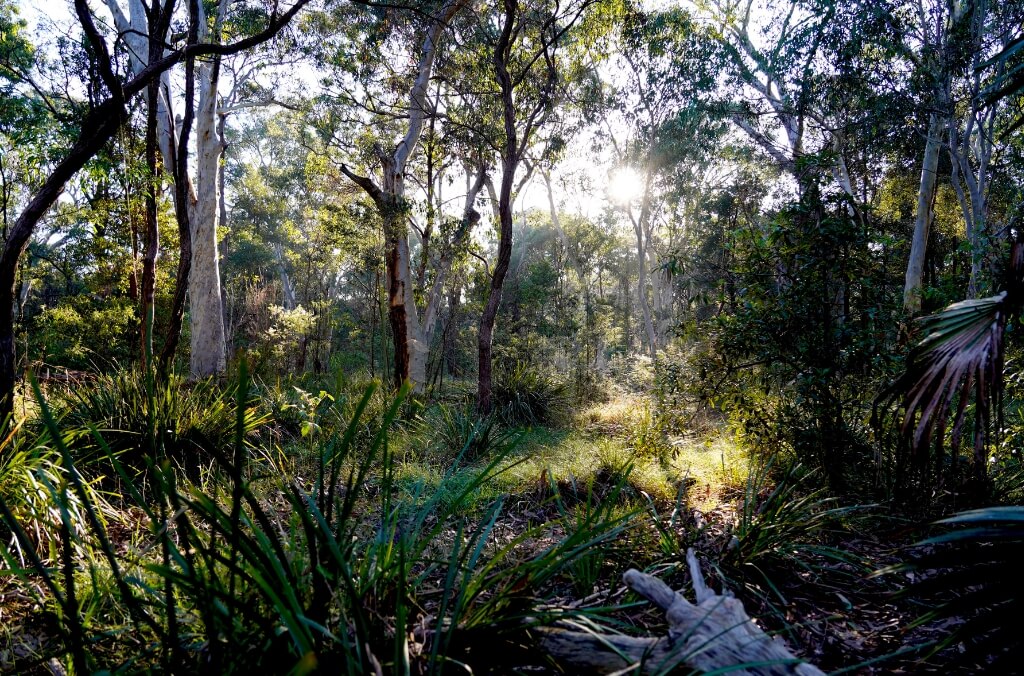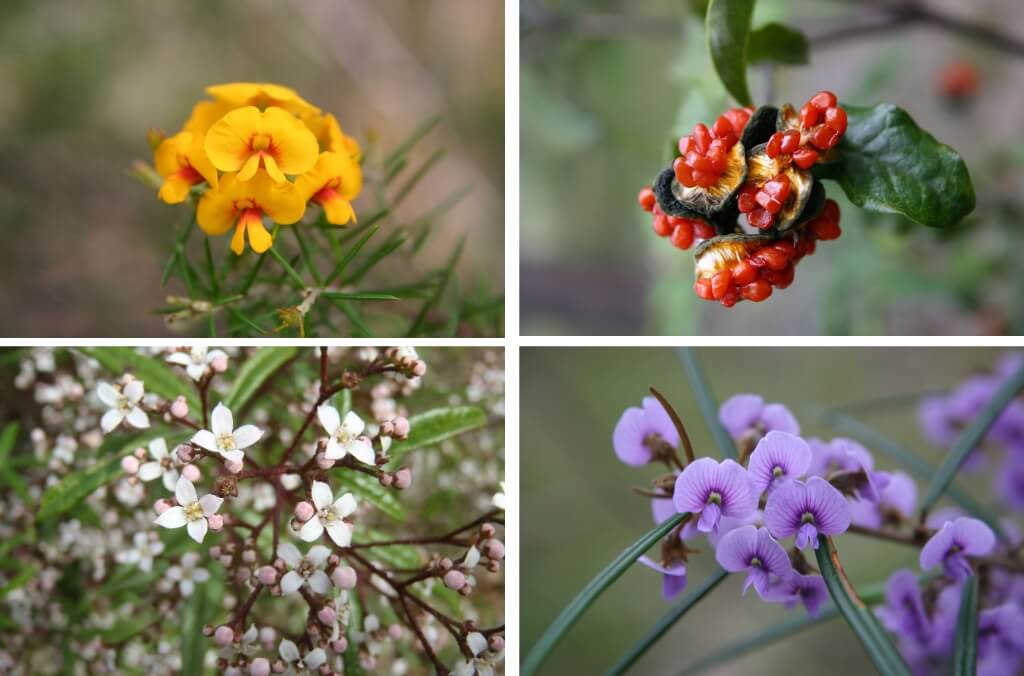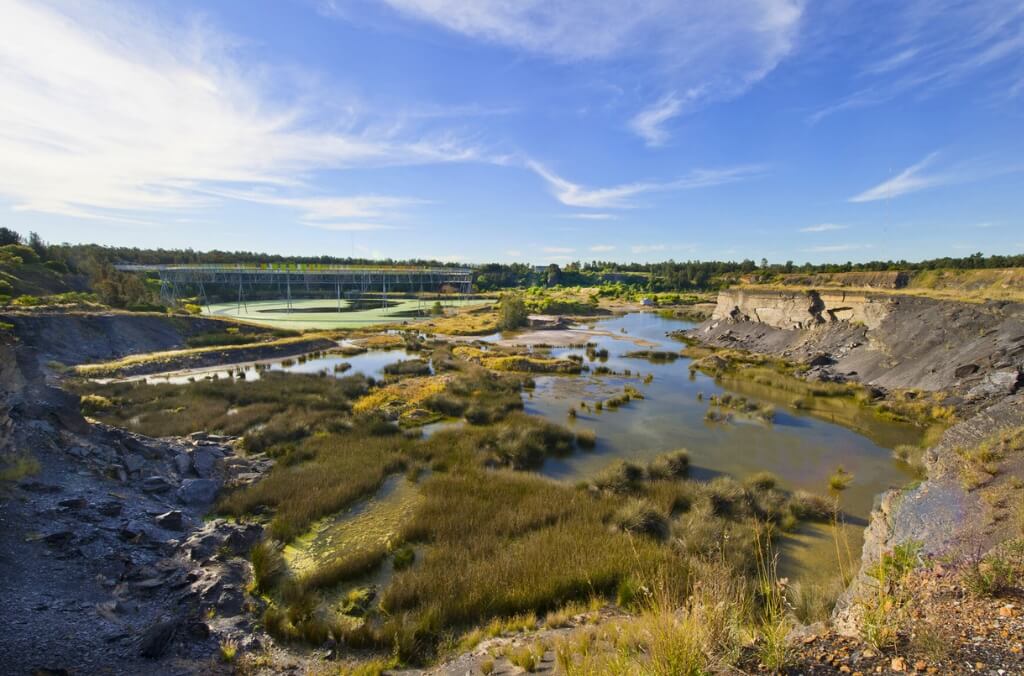Telling the trees from the forest
For the last 26 years, Sydney Olympic Park has been caring for the health of a unique community of plants.
Sydney Turpentine Ironbark Forest
For the last 26 years, Sydney Olympic Park has been caring for the health of a unique community of plants – the critically endangered Sydney Turpentine Ironbark Forest, protected within Newington Nature Reserve.
Many wildlife species rely on the forest for food, nest site and shelter not found elsewhere; parrots, possums and bats nest or roost in hollows only found in old trees, and a pair of resident White-bellied Sea-Eagles have nested in tall trees in the nature reserve for many years. With less than 0.5% remaining, this representative patch of forest has incredible value.

Sydney Turpentine Ironbark Forest, Newington Nature Reserve.
The regeneration of a remarkable forest
The forest has survived a range of disturbances in the past:
- used for timber-cutting and grazing in colonial times
- part of the Royal Australian Navy Armament Depot where the forest understorey was mown until the 1980s to protect stored armaments from the risk of accidental wildfire and
- the invasion of weeds.
A program to restore and improve the condition of the forest began in 1997. Along with a weed control program which commenced in 2001, the forest was allowed to expand outside the borders of the Reserve to increase its size from 13 to 20 hectares.

Some beautiful examples of forest species (clockwise from top left): Prickly Parrot Pea Dillwynia sieberi; Yellow Pittosporum Pittosporum revolutum; Rusty Pods Hovea longiflora; Sandfly Zieria Zieria smithii
Monitoring progress
Understanding the health of the forest is key to knowing how best to manage it. A survey of 15 quadrats is undertaken every five years to monitor change. Over the years, species richness has increased from 106 native species in 2002 to a total of 234 species in 2023. A survey is underway at this moment and shows that the forest is currently in excellent condition with few weeds and a slowly increasing number of plant species.

2023 monitoring is underway with exciting results to come!
Positive effects of fire
We often think of fire as destructive, but the forest is a fire-dependent plant community where some species use fire to stimulate growth, reduce competition or to crack seeds for germination. A controlled burn was conducted in 2018 resulting in approximately seven hectares burnt in a low intensity burn. This was the first fire since at least the 1940s and the forest responded with an increase in diversity and new growth.
Appreciating this plant community
You will not find Sydney Turpentine Ironbark Forest anywhere else in the world except within the Sydney metropolitan area – your backyard! At Sydney Olympic Park, seeds collected from the regenerated areas beyond the borders of the Reserve are propagated and planted across the Park’s habitat areas. So when you stroll along pathways and notice a pretty flower, take a moment to appreciate that it could be a species that is part of this critically endangered forest community.
Related articles


This week is Parks Week - a time of celebrating the incredible role parks and open space.


If you look closely, you may spot beautiful terrestrial orchids flowering at Sydney Olympic Park.


5 management actions carried out across the wetlands in the Park.